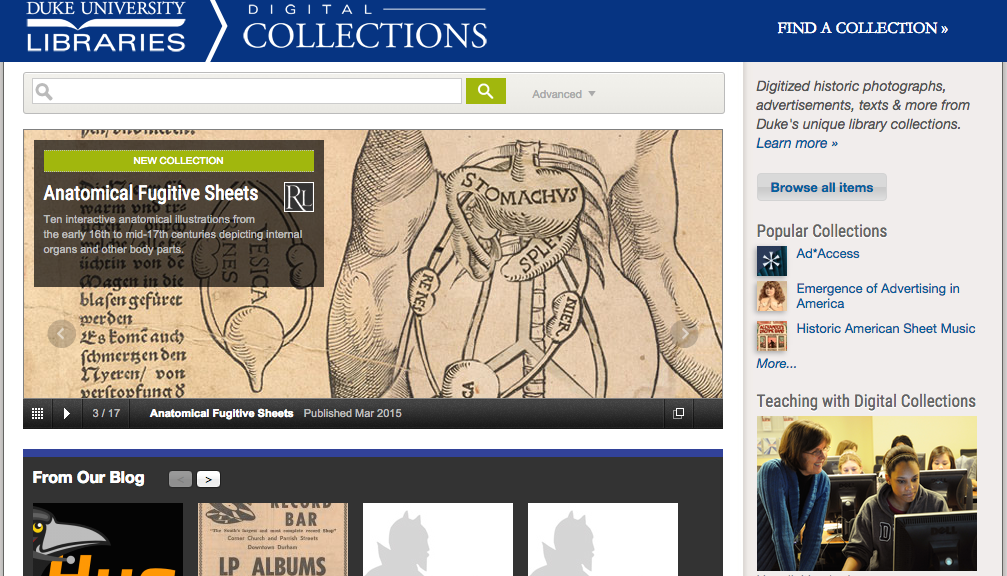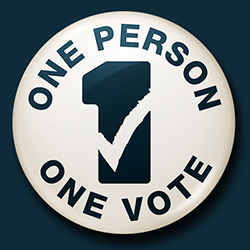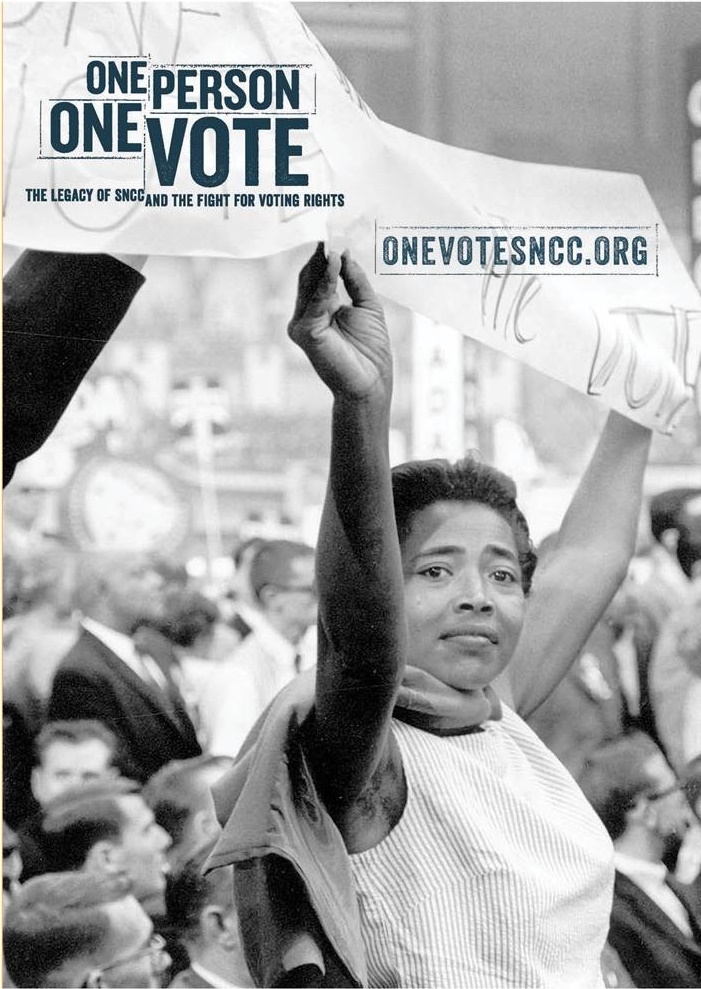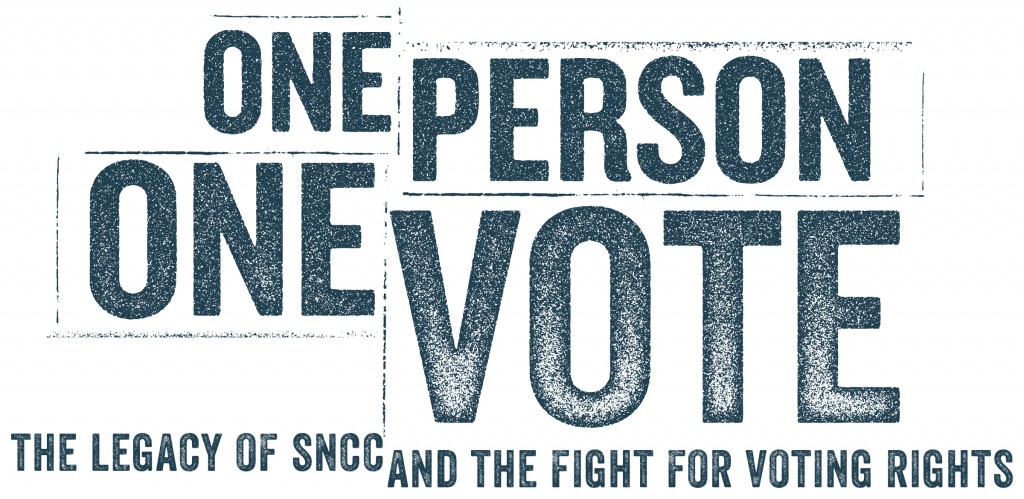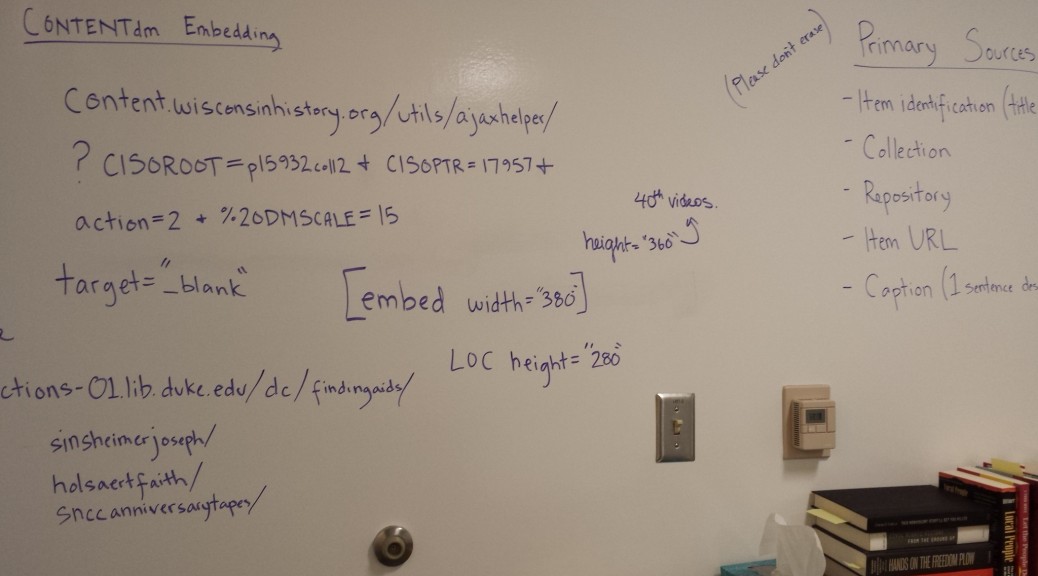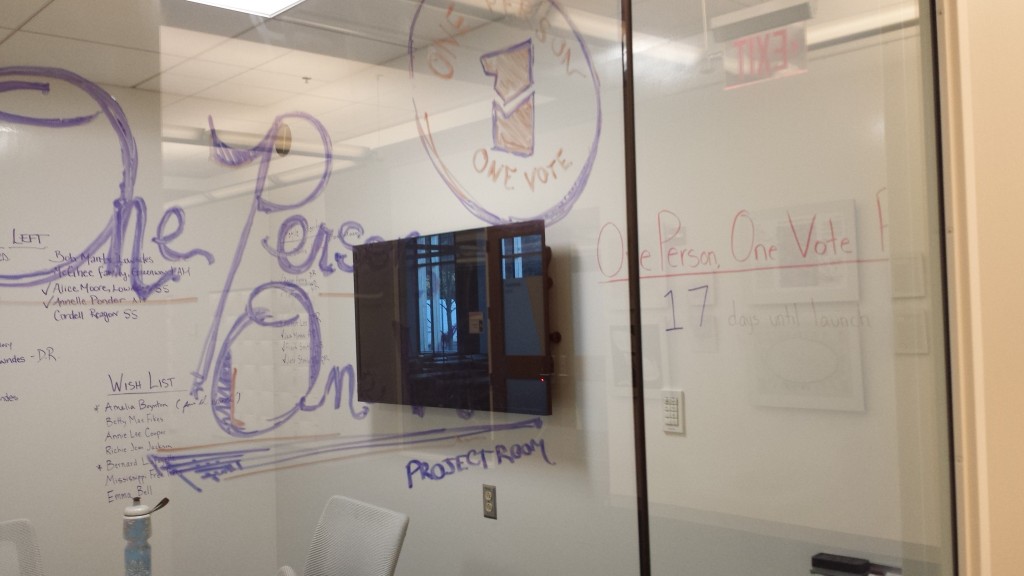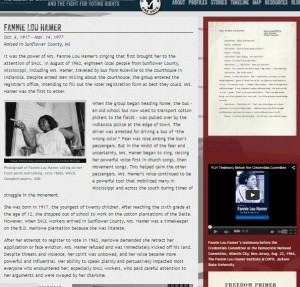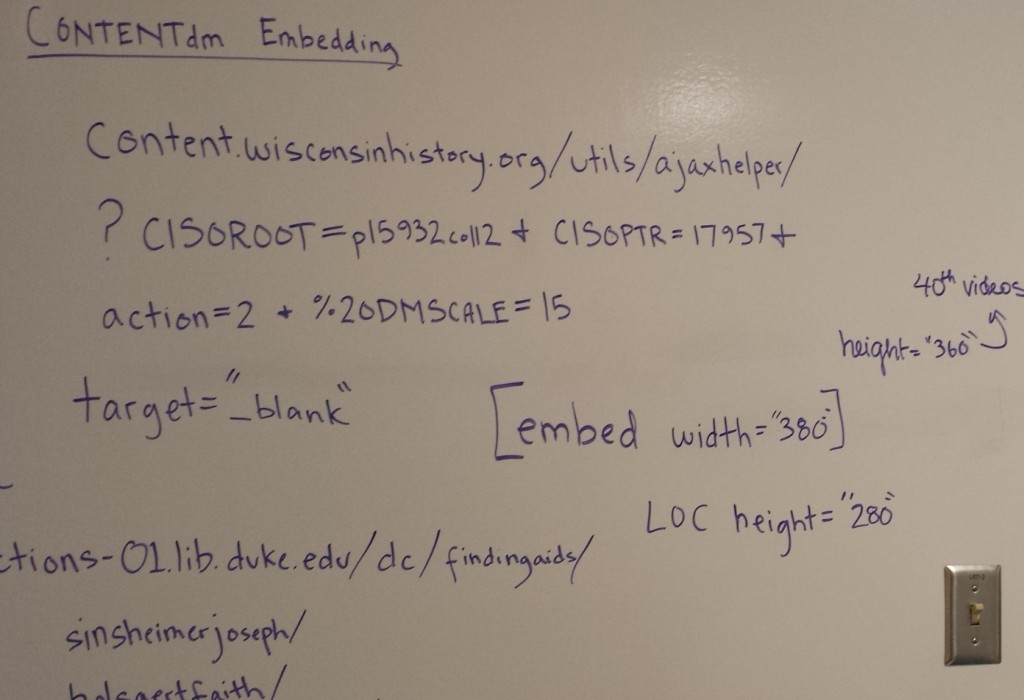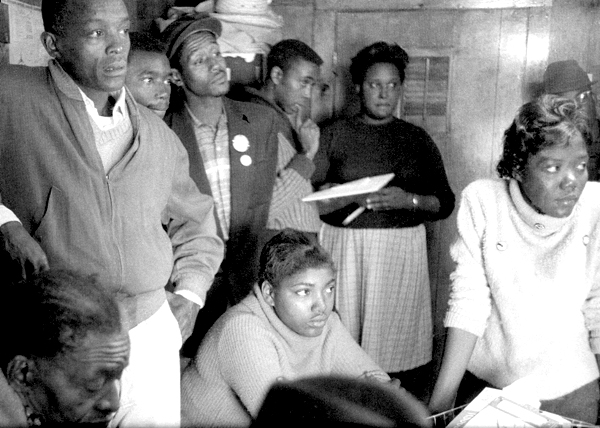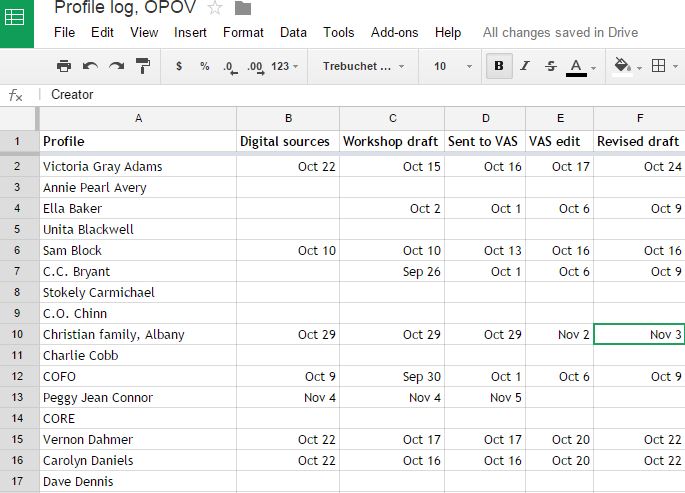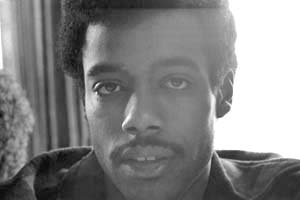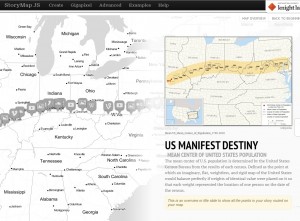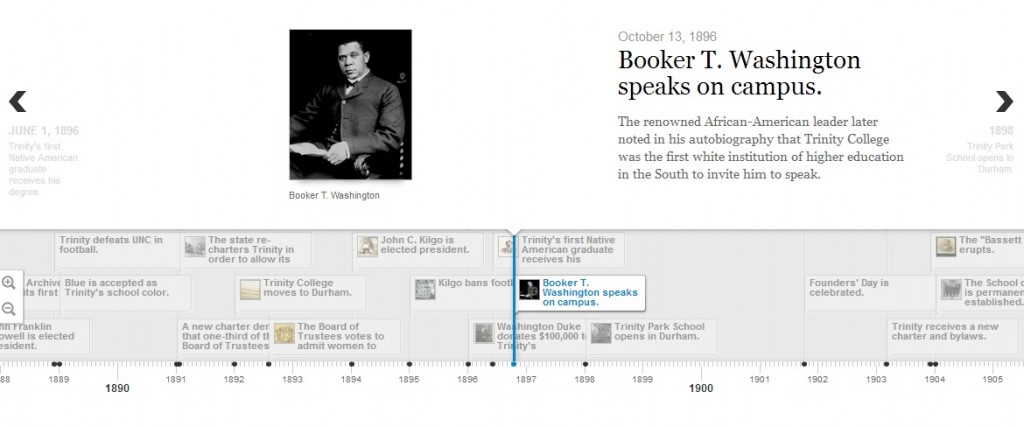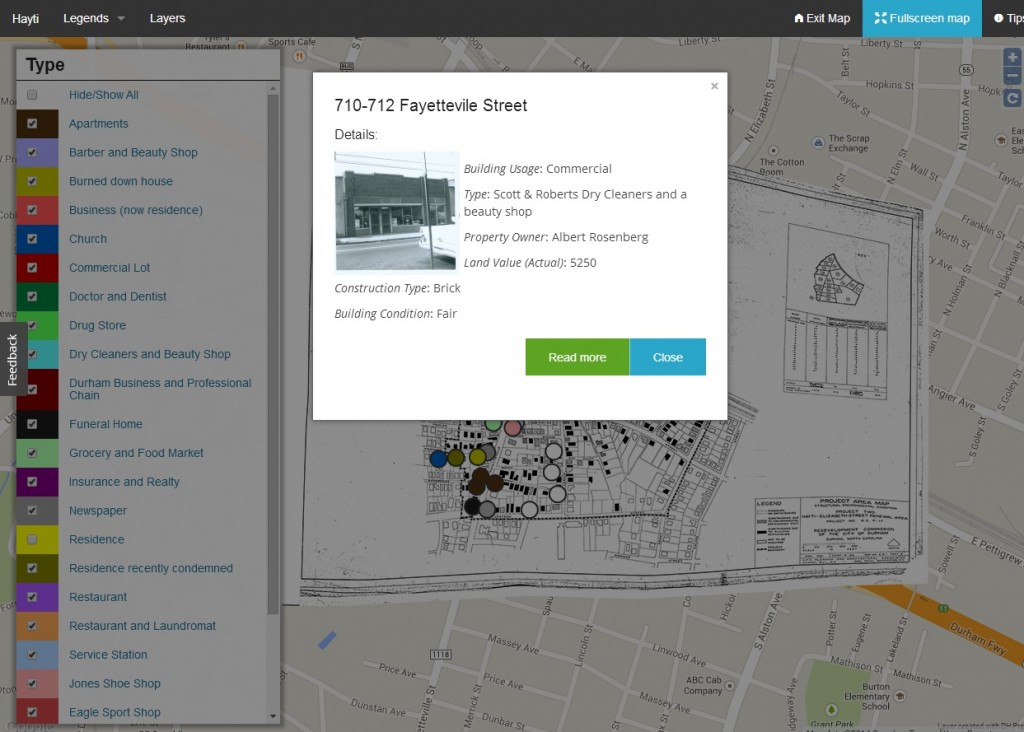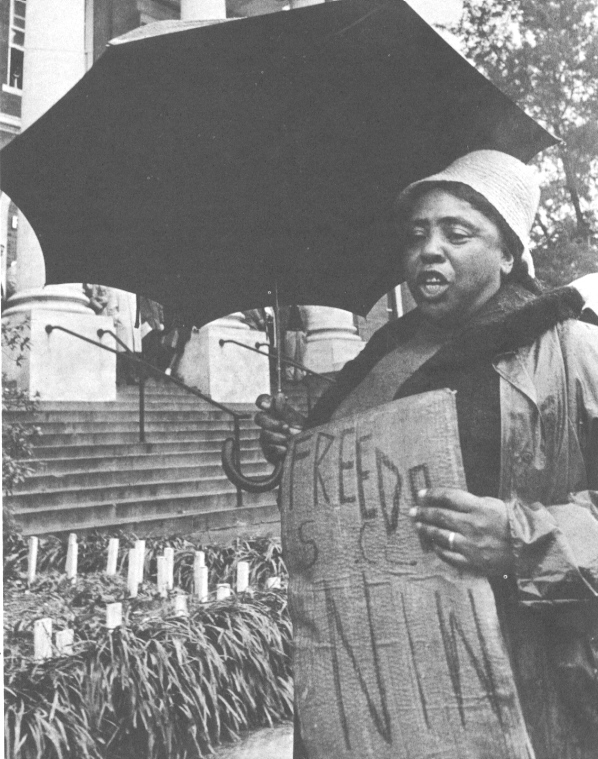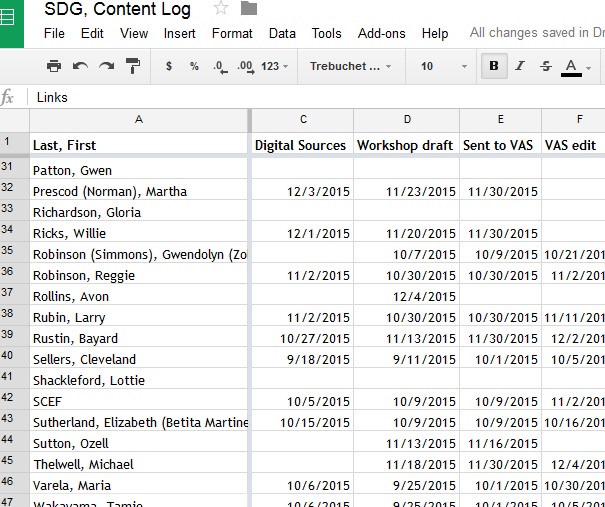
So much content. Gobs of content. Never-ending ideas for more content. Content–how to produce, present, and connect it–it’s a challenge the SNCC Digital Gateway Project faces on a daily basis.
The SNCC Digital Gateway deals in two types of content.
First is the content written by the student Project Team under the direction of our SNCC Visiting Activist Scholar. This includes 600 – 700 word profiles of people, stories of events, audiovisual pieces exploring different perspectives in SNCC, and close-ups of the inner workings of SNCC as an organization. When the SNCC Digital Gateway debuts in December of 2016, it will feature over 150 profiles, 50 events, 9 audiovisual pieces, and 25 organizing SNCC pages.
The second type of content in the SNCC Digital Gateway is the primary sources embedded within the profiles, events, and organizing SNCC pages. Each piece of written content features 6 – 8 digitized primary sources. These are items like the arrest record of SNCC field secretary Willie Ricks — “Extremely radical, militant individual”–, articles from SNCC’s newsletter, The Student Voice, or SNCC activists recounting their organizing experiences in the 1988 We Shall Not Be Moved conference at Trinity College.
Multiply the amount of written content by the number of embedded sources, and that totals well over 1500 items. And that’s only for the 2016 debut…2017 is devoted to producing more content! By the time the SNCC Digital Gateway is complete, it’s aiming to feature 300 – 400 profiles, 100 plus events, 50 organizing SNCC pages, and over 20 audiovisual pieces.
Producing so much content is a challenge in and of itself, and our resources have limits. But the SNCC Digital Gateway also needs to present these vast volumes of content in a user-friendly, intuitive way. One Person, One Vote, the pilot site to SDG, taught us a good deal about what works and doesn’t work in site architecture. We wanted the SNCC Digital Gateway to be more accessible to students and teachers, movement veterans and the general public. That meant providing users ways to explore by people and place, periods, organizations, and ideas. The Editorial Board and project staff have spent months hammering out how best to do that. We ended up with something that looks like this:
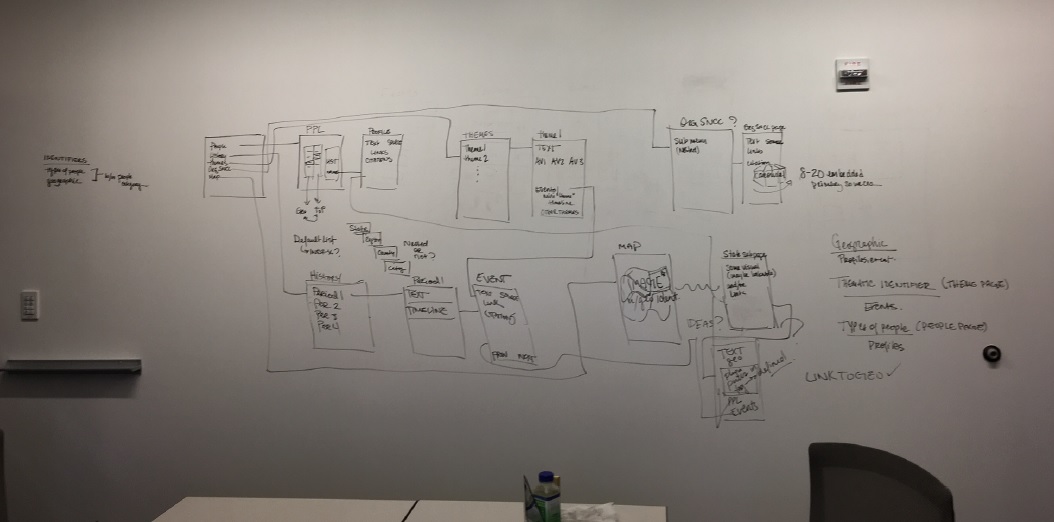
In mid-January, we met with Kompleks Creative, the designers of the SNCC Digital Gateway, to see what they thought was possible. Here’s an illustrative recount of the conversation about profiles and how to navigate through them using geography:
- SDG:“We want users to be able to sort through profiles by state, region, county, or city, and we’d really like them to be able to get to counties and cities directly.
- Kompleks: “How many counties are you talking about?”
- SDG: “Probably 100 or more.”
- Kompleks: “Wow. That’s not going to work.”
Don’t worry. We came to up with a good solution. But the fact that the SNCC Digital Gateway needs to handle 500 – 600 pieces of content when finished (never mind the thousands of embedded sources) is an ongoing hurdle. The design process is only beginning, so our site architecture questions are far from sorted out. But in the end, the SNCC Digital Gateway needs to bring SNCC’s history to life in a way that both channels how movement activists understood their work and is accessible and compelling for a new generation of young people, teachers, and scholars.
Good thing we’re only half a year into a three-year project.




